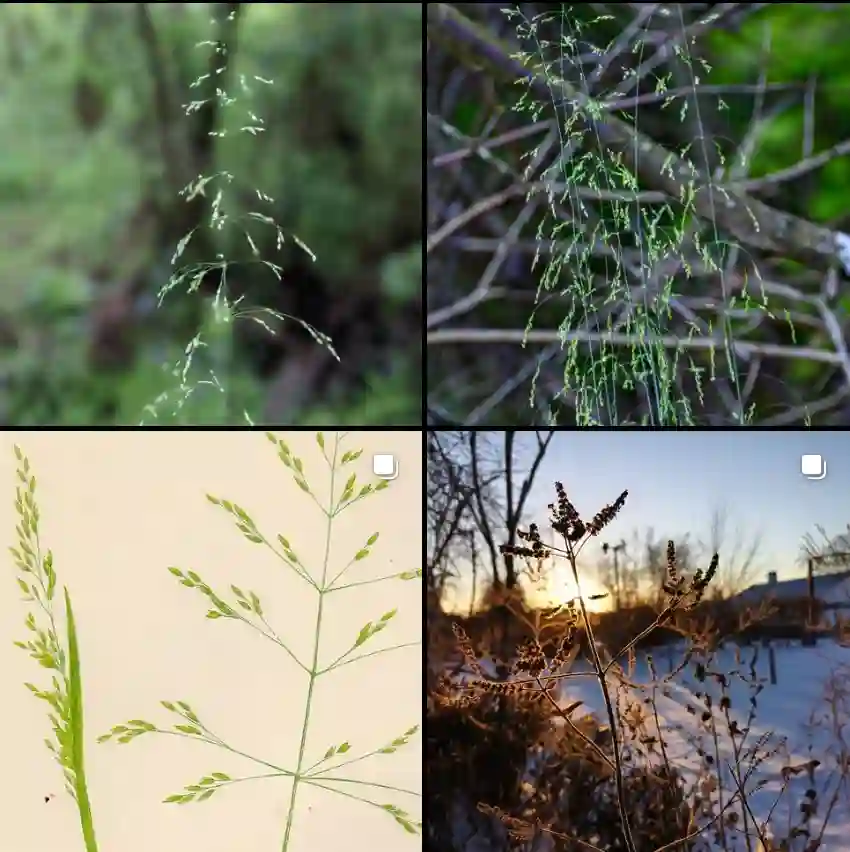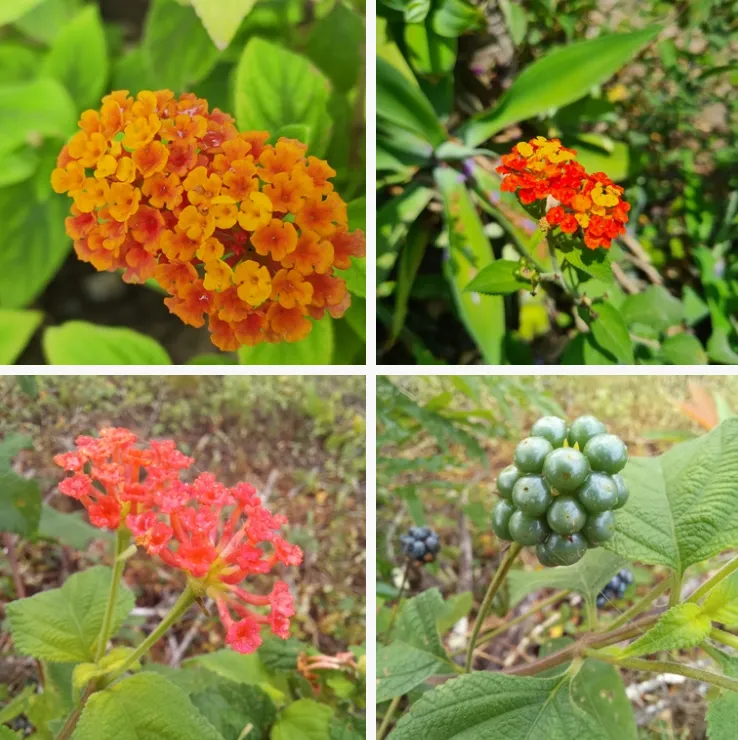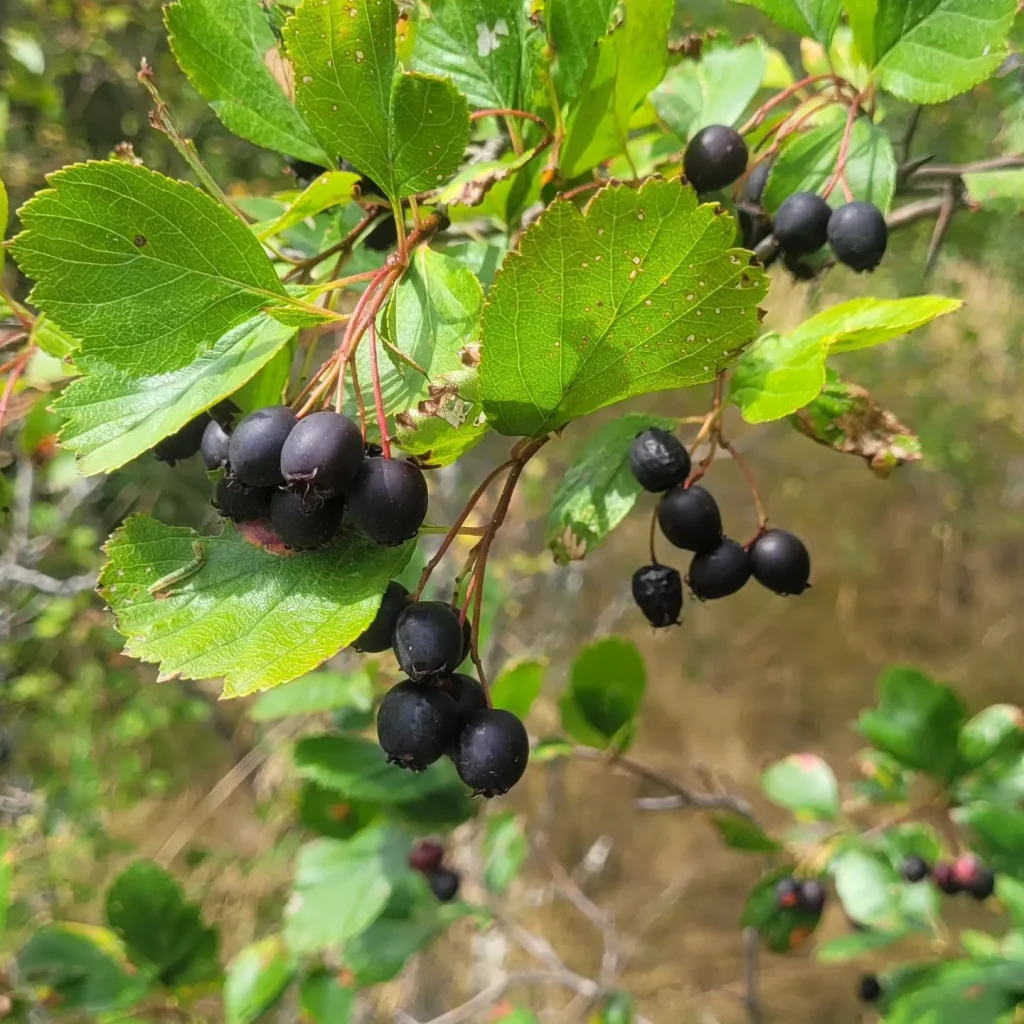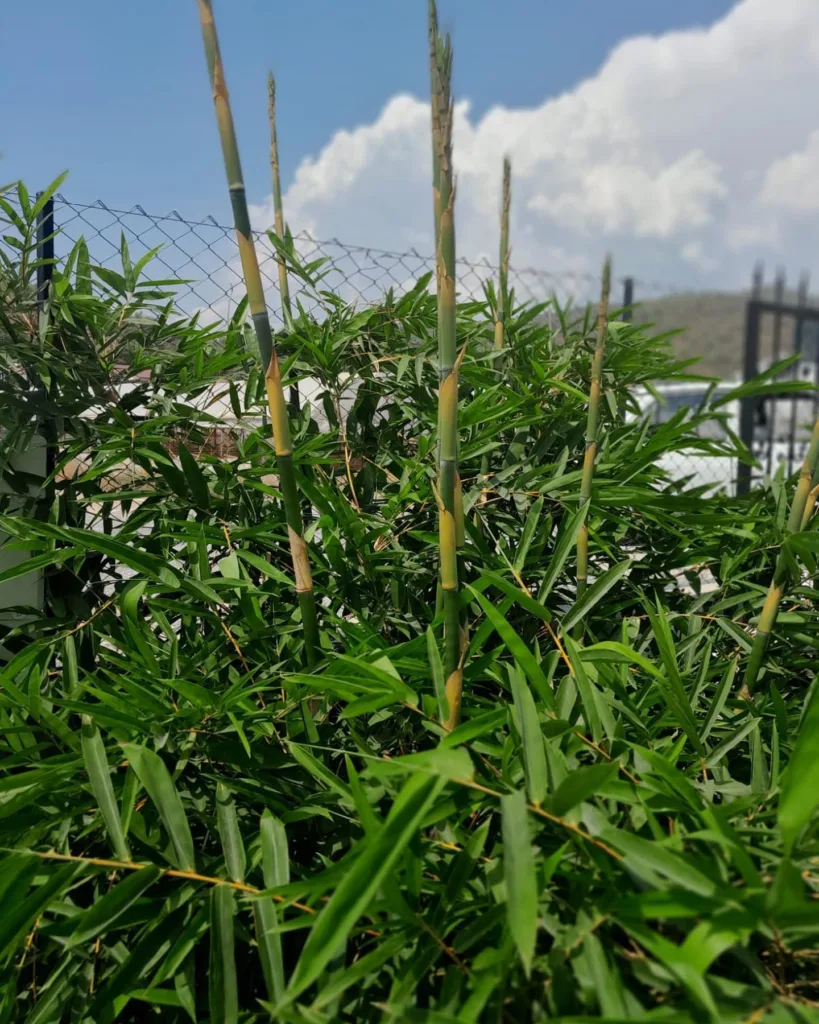Delving into the World of Devil’s Claw: An Exploration of the Harpagophytum Genus
As a plant enthusiast, I’m always fascinated by species that boast unique characteristics and valuable properties. The genus Harpagophytum, commonly known as Devil’s Claw, belong to the Pedaliaceae family, certainly ticks both those boxes. Native to southern Africa, this intriguing genus has captured my attention for its unusual fruits and its long history of use in traditional medicine. Let’s dive into the world of Harpagophytum and explore what makes it so special.
Understanding the Devilish Name
The name “Devil’s Claw” might sound ominous, but it’s simply a reference to the plant’s fruit. Covered in sharp, hooked spines, these woody capsules are quite the sight to behold. They easily latch onto animal fur, aiding in seed dispersal – a clever evolutionary tactic. While the fruits might appear menacing, it’s the plant’s underground tuber that holds the real treasure.
A Closer Look at the Species
The Harpagophytum genus is relatively small, with only a handful of recognized species. Here are:
- Harpagophytum procumbens: Harpagophytum procumbens is a perennial herb native to the arid regions of southern Africa, particularly the Kalahari Desert. Its name is derived from the distinctive, claw-like hooks on its fruit, which aid in seed dispersal. The plant’s most valuable part is its tuberous root, which has been used for centuries in traditional African medicine to alleviate pain and inflammation. The therapeutic properties of Devil’s Claw are primarily attributed to its iridoid glycosides, particularly harpagoside. These compounds exhibit potent anti-inflammatory and analgesic effects, making the plant a popular natural remedy for conditions such as osteoarthritis, rheumatoid arthritis, back pain, and muscle soreness. Modern scientific research has supported these traditional uses, with studies demonstrating the plant’s ability to reduce pain and inflammation, as well as improve joint mobility.
- Harpagophytum zeyheri: Harpagophytum zeyheri is another species of Devil’s Claw, closely related to H. procumbens. It is also native to southern Africa and shares similar morphological characteristics, including the distinctive claw-like fruit. While both species possess medicinal properties, H. zeyheri is less commonly used in herbal medicine compared to its more well-known counterpart. Like H. procumbens, H. zeyheri contains iridoid glycosides, which contribute to its potential therapeutic benefits. However, research on this species is limited, and its specific uses and efficacy are not as well-documented. While it may offer similar anti-inflammatory and analgesic effects, further scientific investigation is needed to fully understand its therapeutic potential.
Traditional Uses and Modern Research
For centuries, indigenous communities in southern Africa have utilized Devil’s Claw to treat a variety of ailments. Traditionally, it was used to alleviate pain, reduce inflammation, and address digestive issues. Modern research has begun to validate some of these traditional uses.
Studies suggest that the active compounds in Harpagophytum, primarily harpagoside, possess anti-inflammatory and analgesic properties. This has led to its growing popularity as a natural remedy for conditions like arthritis and back pain. Furthermore, research indicates potential benefits for digestive health, fever reduction, and even managing certain metabolic conditions.
Sustainable Harvesting and Conservation
The increasing demand for Devil’s Claw has raised concerns about sustainability. Overharvesting poses a threat to wild populations. Thankfully, efforts are underway to promote sustainable harvesting practices and cultivate Harpagophytum to meet the growing demand while protecting this valuable resource.
Personal Reflections
I find Harpagophytum to be a captivating genus. Its unique morphology, coupled with its therapeutic potential, makes it a standout in the plant kingdom. As someone interested in both botany and natural remedies, I’m eager to learn more about the ongoing research surrounding Devil’s Claw and its potential applications.
It’s crucial to remember that while traditional use and preliminary research are promising, it’s always best to consult with a healthcare professional before using Devil’s Claw or any herbal remedy.
I believe that the future holds exciting possibilities for Harpagophytum. With responsible harvesting and continued research, this fascinating plant may offer even more benefits to human health.
If i die, water my plants!



